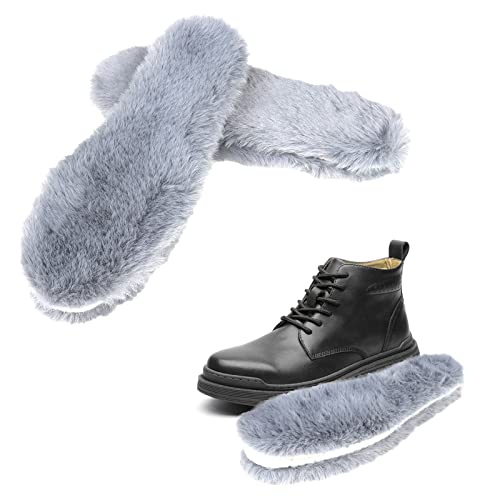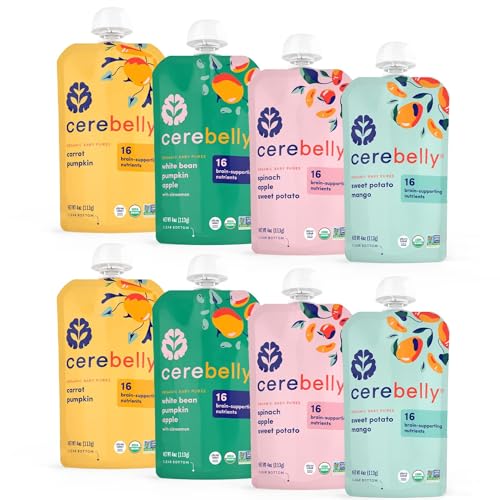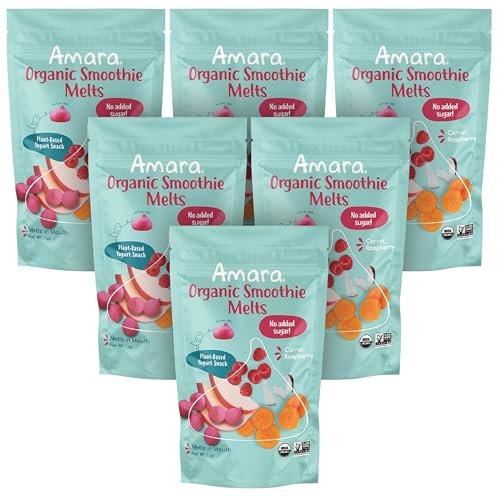Contacted the breeder/mentor I got my Satins from about a doe that quit gaining weight at 6lbs and won't conceive, asking her advice. This was her response:
"Something else occurs to me while thinking about your doe not being a good eater and not growing as she should (6 pounds is *really* light; Snowcone was over 8 when she was returned as underweight). I never had sick rabbits, at all, until we started showing. Then this past year, we had several rounds of an undetermined illness that I have decided was coccidiosis. Some of our smaller mini rex even died from it this winter. At the last show, the judge was Eric Stewart (bigwig in the ARBA) and he noted some unthrifty coats and poor flesh condition on some of the rabbits including one of ours. He suggested an equine wormer paste, Safe-guard (fenbendazole), which as well as being good for pinworms (which I don’t believe we have here), is a coccidicide. He said he gives it to his rabbits 2-3 times a year whether they look sick or not, since a low-level coccidia problem may not show really obvious symptoms, it just makes the animals feel lousy and upsets their stomachs. You might try giving your doe a course of that. Just squirt a large pea-sized blob right into her mouth; all the rabbits really liked it and Stewart said it’s really safe and hard to give a toxic amount. You give two doses, one about a week after the first. In December I did it for all the rabbits in the barn, even the ones I was just weaning, and coincidentally or not I didn’t have any problem with diarrhea at all in that litter (I often have 1-2 bunnies per litter who briefly have diarrhea at weaning). I also have not had any trouble with rabbits going off their feed or condition since. I plan on using it 2-3 times a year like he suggested, and maybe it could help your doe, too."
My questions:
Is there anything I could look for while butchering my next litter that would show signs of a low grade cocci infection. I have looked at some of the pics on this forum and will keep an eye out for that sort of thing. Just curious about "slight" infections if there is such a thing? Any signs to look for in the poop?
The male I got from her also petered out at 7lbs after showing great promise. I now have a female mutt that is not recovering weight after her second litter of 5 kits, her first litter was 6 with no problems. I am not breeding intensely at all. Breeding does a couple weeks after being separated from litter. For these added reasons thinking this cocci thing might be a possibility.
Do I dose rabbits that I am going to butcher? How many weeks between dosage and butchering?
Any herbal remedies/preventative for cocci?
Any advice or opinions welcome! Thanks!
"Something else occurs to me while thinking about your doe not being a good eater and not growing as she should (6 pounds is *really* light; Snowcone was over 8 when she was returned as underweight). I never had sick rabbits, at all, until we started showing. Then this past year, we had several rounds of an undetermined illness that I have decided was coccidiosis. Some of our smaller mini rex even died from it this winter. At the last show, the judge was Eric Stewart (bigwig in the ARBA) and he noted some unthrifty coats and poor flesh condition on some of the rabbits including one of ours. He suggested an equine wormer paste, Safe-guard (fenbendazole), which as well as being good for pinworms (which I don’t believe we have here), is a coccidicide. He said he gives it to his rabbits 2-3 times a year whether they look sick or not, since a low-level coccidia problem may not show really obvious symptoms, it just makes the animals feel lousy and upsets their stomachs. You might try giving your doe a course of that. Just squirt a large pea-sized blob right into her mouth; all the rabbits really liked it and Stewart said it’s really safe and hard to give a toxic amount. You give two doses, one about a week after the first. In December I did it for all the rabbits in the barn, even the ones I was just weaning, and coincidentally or not I didn’t have any problem with diarrhea at all in that litter (I often have 1-2 bunnies per litter who briefly have diarrhea at weaning). I also have not had any trouble with rabbits going off their feed or condition since. I plan on using it 2-3 times a year like he suggested, and maybe it could help your doe, too."
My questions:
Is there anything I could look for while butchering my next litter that would show signs of a low grade cocci infection. I have looked at some of the pics on this forum and will keep an eye out for that sort of thing. Just curious about "slight" infections if there is such a thing? Any signs to look for in the poop?
The male I got from her also petered out at 7lbs after showing great promise. I now have a female mutt that is not recovering weight after her second litter of 5 kits, her first litter was 6 with no problems. I am not breeding intensely at all. Breeding does a couple weeks after being separated from litter. For these added reasons thinking this cocci thing might be a possibility.
Do I dose rabbits that I am going to butcher? How many weeks between dosage and butchering?
Any herbal remedies/preventative for cocci?
Any advice or opinions welcome! Thanks!
























































